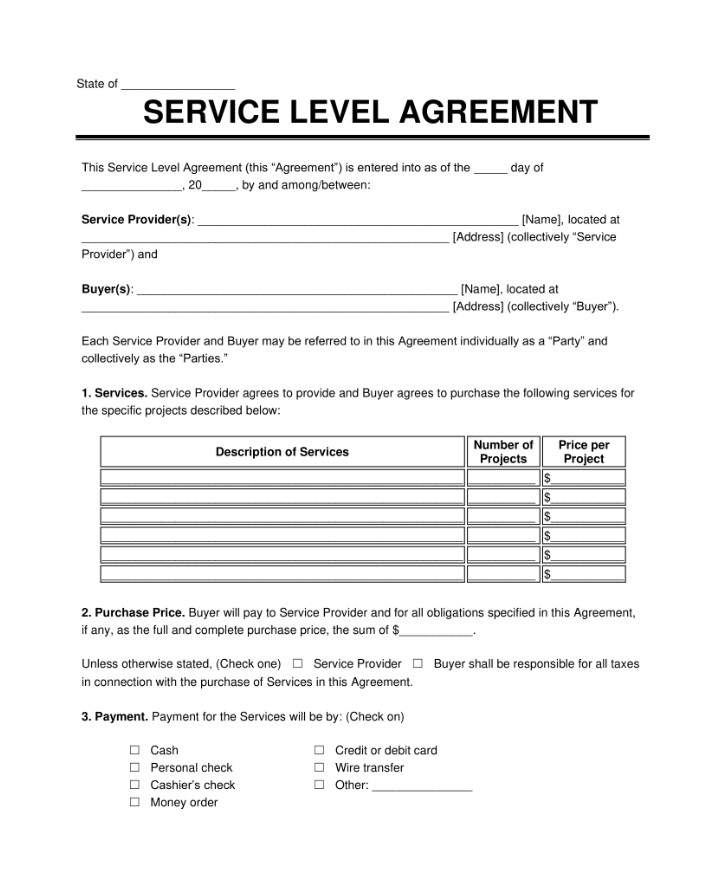
Regarding business relationships, having a clear and legally binding understanding between a service provider and a customer is crucial. This is where a Service Level Agreement (SLA) comes into play.
An SLA outlines the quality, availability, and performance of a specific service, defining expectations, responsibilities, and consequences for failing to meet those expectations. Essentially, an SLA ensures transparency, accountability and provides a framework for addressing service issues.
What is a service level agreement?
A service level agreement is a document that establishes the terms and conditions of a service agreement between a service provider and a customer. It clearly outlines the expected level of service, the responsibilities of each party, and the consequences for not meeting the agreed-upon standards.
By having a version of the SLA, both parties have a physical copy that can be referenced and easily shared.
Why use a service level agreement?
There are several reasons why using a service level agreement is beneficial for both service providers and customers:
- Clarity: Having a physical document that outlines the terms of the agreement helps to avoid misunderstandings and confusion.
- Reference: An SLA can be easily referenced when issues arise, providing a clear guideline for resolution.
- Legal protection: A signed SLA serves as a legally binding contract, protecting both parties in case of disputes.
- Accountability: By having a tangible document, both parties are held accountable for meeting the agreed-upon standards.
- Professionalism: Providing an SLA demonstrates professionalism and commitment to the service being provided.
How to create a service level agreement
Creating a service level agreement requires careful consideration and attention to detail. Here are some key steps to follow when drafting an SLA:
- Define the services: Clearly outline the services being provided, including scope, quality standards, and performance metrics.
- Set expectations: Clearly define the responsibilities of both parties and the expected outcomes of the service.
- Include metrics: Specify how the service will be measured and what benchmarks need to be met.
- Outline consequences: Clearly state the consequences for not meeting the agreed-upon standards, including any penalties or remedies.
- Review and revise: Regularly review and revise the SLA to ensure it remains up-to-date and relevant.
Examples of service-level agreements
Many different types of service-level agreements can be used in various industries. Here are a few examples of common SLAs:
- IT services: An SLA between a company and an IT service provider outlining response times, downtime allowances, and support services.
- Telecommunications services: An SLA between a phone company and a business outlining call quality, uptime guarantees, and customer support.
- Cloud services: An SLA between a cloud provider and a customer outlining data security, uptime guarantees, and backup services.
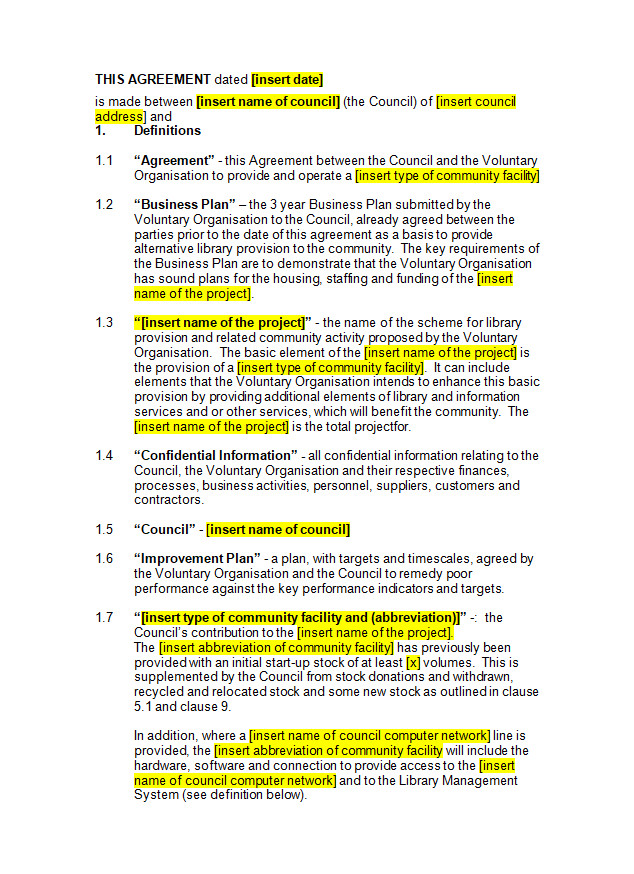
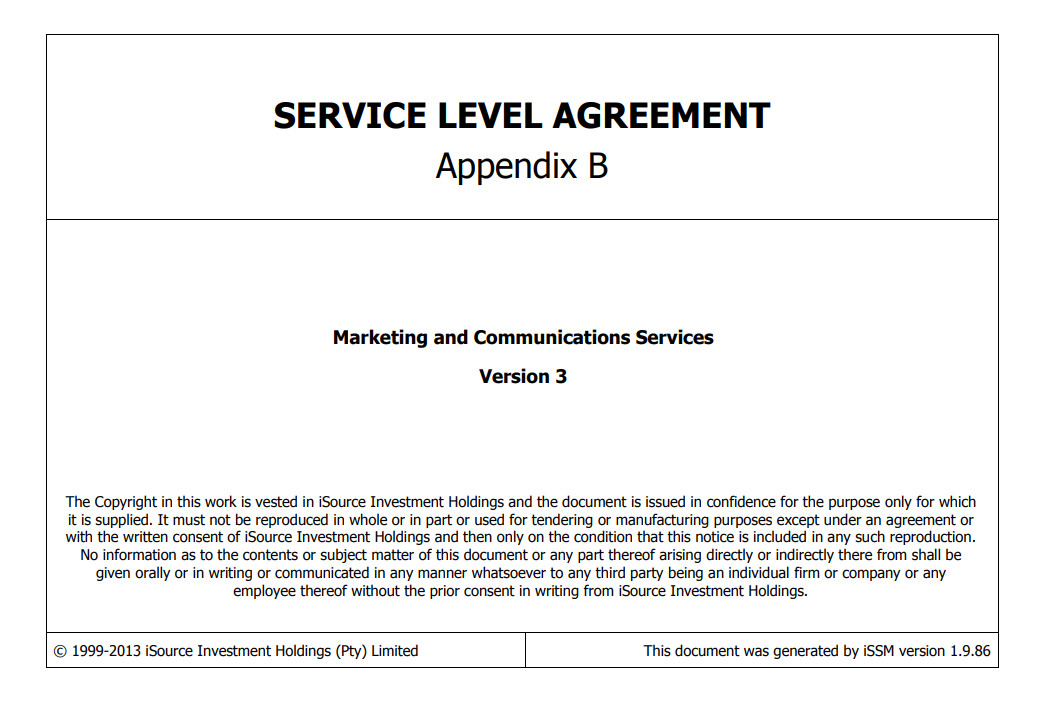
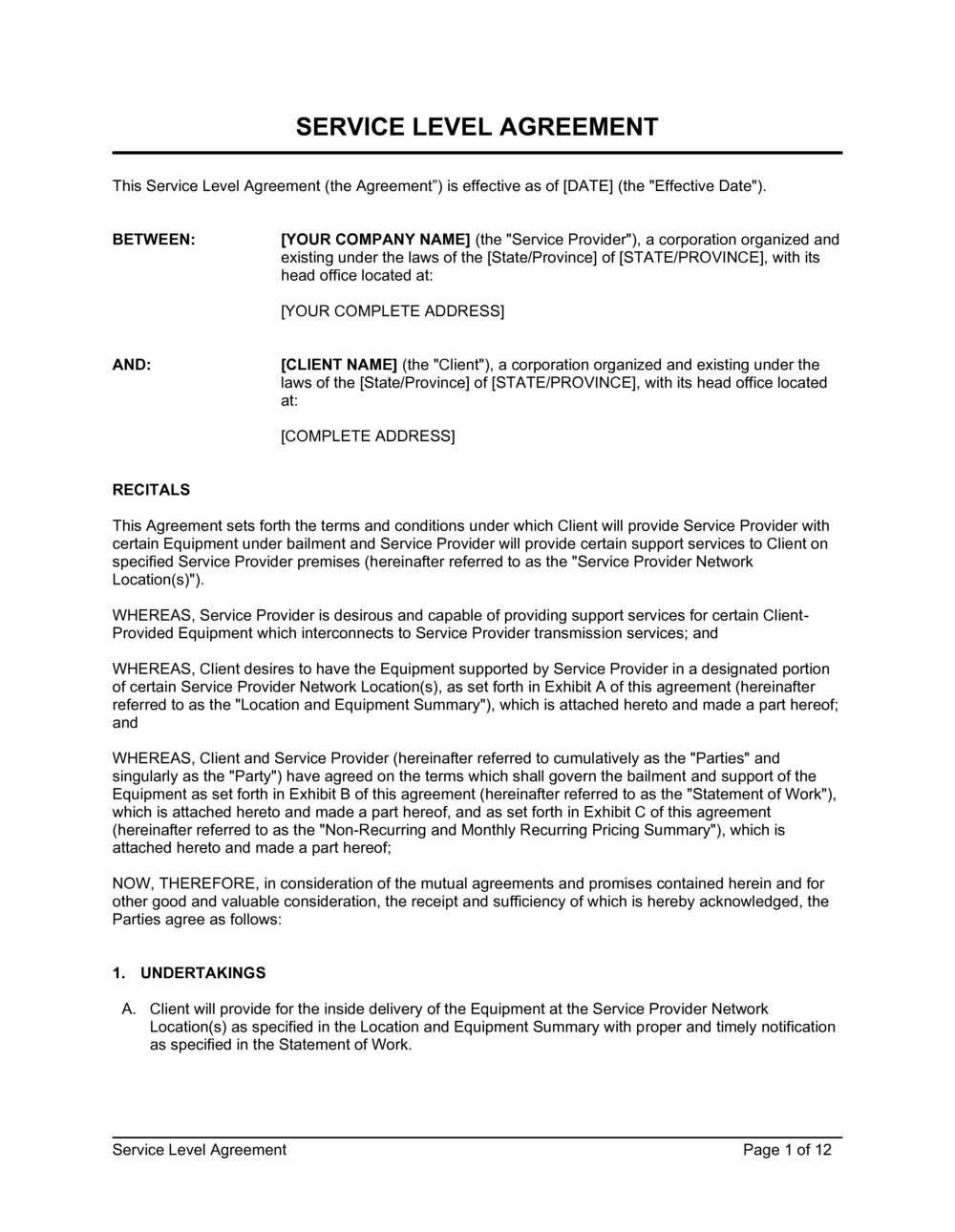
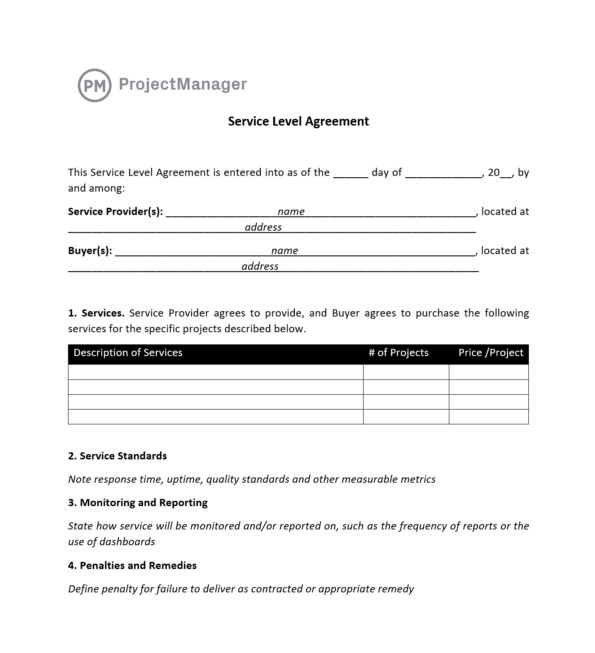
Tips for successful service-level agreements
When creating a service level agreement, keep the following tips in mind to ensure its success:
- Be specific: Clearly define all terms, metrics, and expectations in detail.
- Communicate openly: Keep the lines of communication open between both parties throughout the agreement.
- Set realistic goals: Ensure that the goals and metrics outlined in the SLA are achievable.
- Regularly review and update: Stay proactive in reviewing and updating the SLA to reflect any changes in services or expectations.
- Get legal advice: If necessary, seek legal advice when drafting the SLA to ensure it is legally binding and enforceable.
In conclusion
A service level agreement is a valuable tool for establishing clear expectations, responsibilities, and consequences in a service agreement. By creating a detailed and specific SLA, both service providers and customers can ensure transparency, accountability, and a framework for addressing service issues. By following the tips outlined above, you can create a successful SLA that fosters a strong and mutually beneficial business relationship.
Service Level Agreement Template – Download
- Free Printable Exercise Planning Template - November 24, 2025
- Free Executive Summary Template (Word) - November 20, 2025
- Free Executive Resume Template (Word) - November 20, 2025